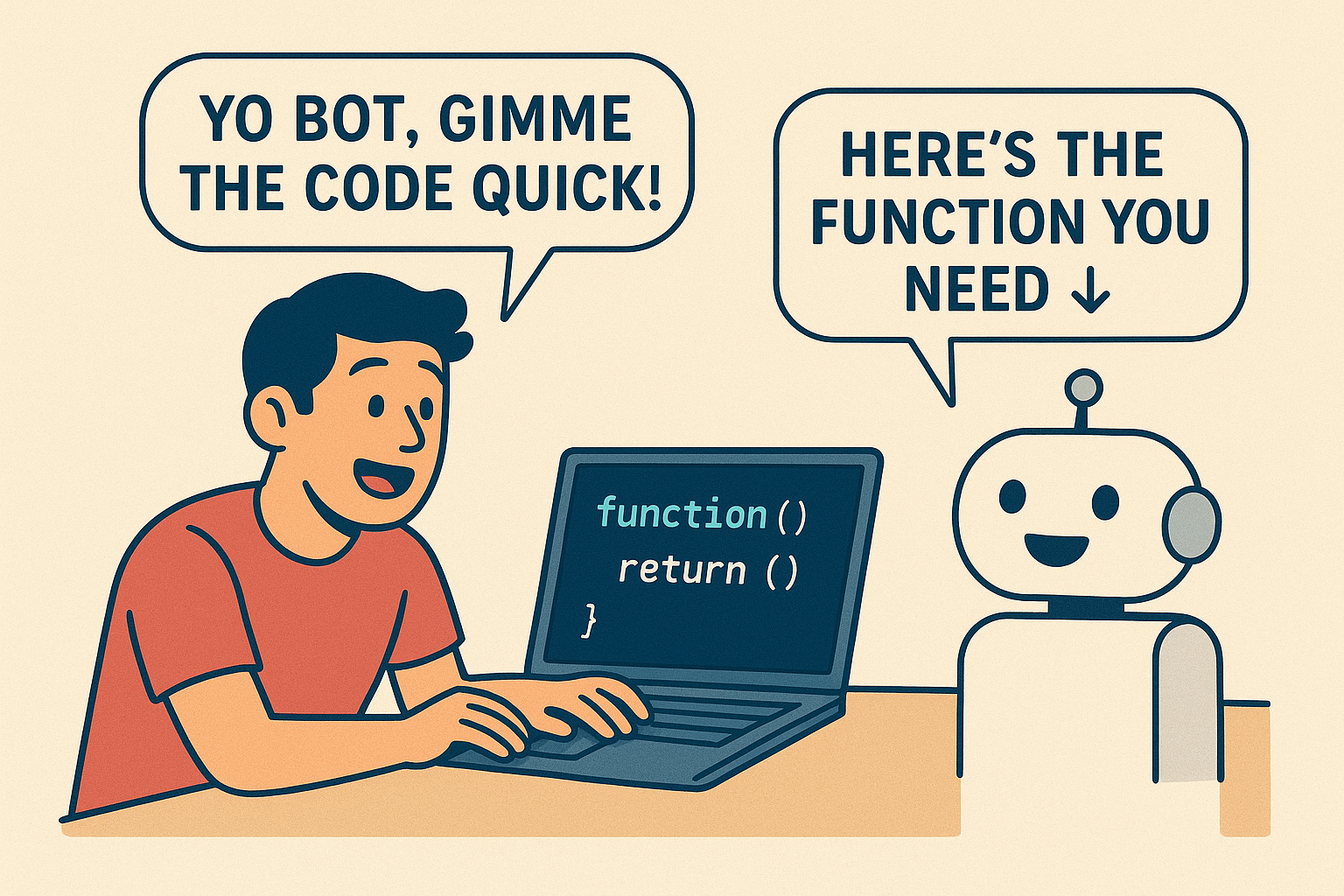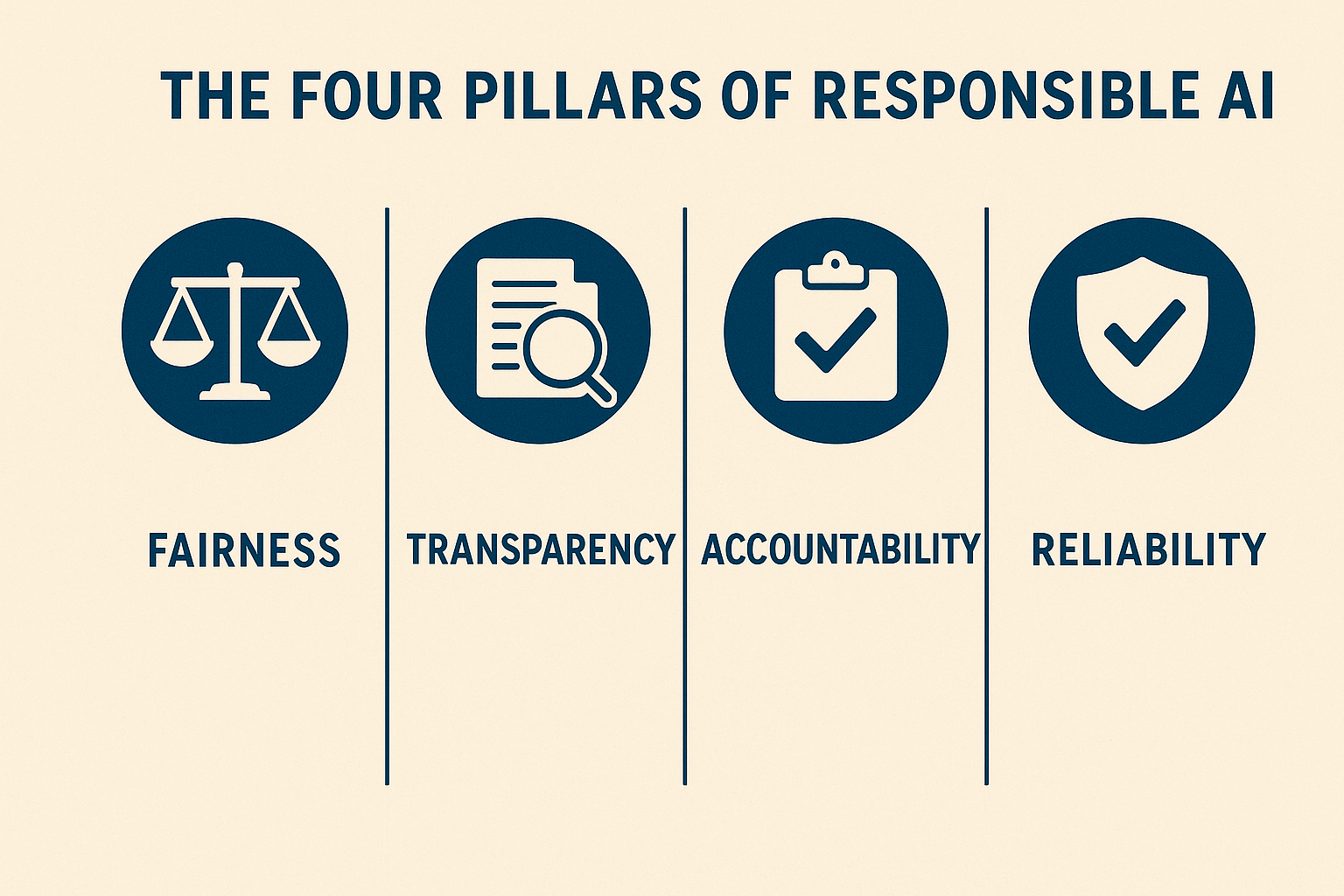From Slang to Solutions: The Case for Responsible AI
by Md. Aminul Islam
Sometimes when I don’t get the exact code I want from AI, I catch myself tossing in a slang or two—almost like bribing it with attitude. And surprisingly, it works. The AI suddenly gives me the right answer. Funny? Yes. Reliable? Not really.
That little interaction made me think about something far more important: responsible AI.

What Responsible AI Really Means
Responsible AI isn’t just a buzzword—it’s about ensuring that AI systems are trustworthy, transparent, and fair. It means building solutions that people can rely on without fear of bias, errors, or hidden agendas.
At its core, responsible AI stands on four pillars:
- Fairness – Avoiding bias in decisions.
- Transparency – Explaining how outcomes are generated.
- Accountability – Owning the consequences of AI-driven actions.
- Reliability – Ensuring safety and consistency in performance.
Why It Matters
AI now influences hiring, healthcare, education, finance, and even how we consume news. An error in code affects a single application—but an error in AI can impact entire communities. Imagine an AI that screens resumes unfairly, or a chatbot that misunderstands cultural context and responds inappropriately. The consequences scale quickly.
A Developer’s Perspective
In software engineering, we emphasize principles such as clean architecture, scalability, and maintainability because even small oversights can grow into critical issues over time. The same mindset must guide AI development. Unlike a traditional bug that may only affect a single application, errors in AI models can propagate across entire systems, shaping decisions that impact thousands of people.
Responsible AI therefore requires the same rigor we apply to system design—combined with an added layer of ethical consideration. It’s not enough for AI to be efficient; it must also be fair, explainable, and aligned with human values.

Principles for Responsible AI Development
Here are a few practices that help keep AI on the right path:
- Design with empathy – Always consider how real people will be affected.
- Audit your data – Biased training data creates biased AI.
- Prioritize explainability – People trust what they understand.
- Test for the unexpected – Don’t stop at the happy path.
- Share accountability – AI is a tool, but humans are responsible for its use.
Final Thought
That funny moment where AI only “listened” after some slang is a reminder that technology isn’t perfect. But if we approach AI with responsibility, empathy, and thoughtful design, we can ensure it doesn’t just work—it works for everyone.